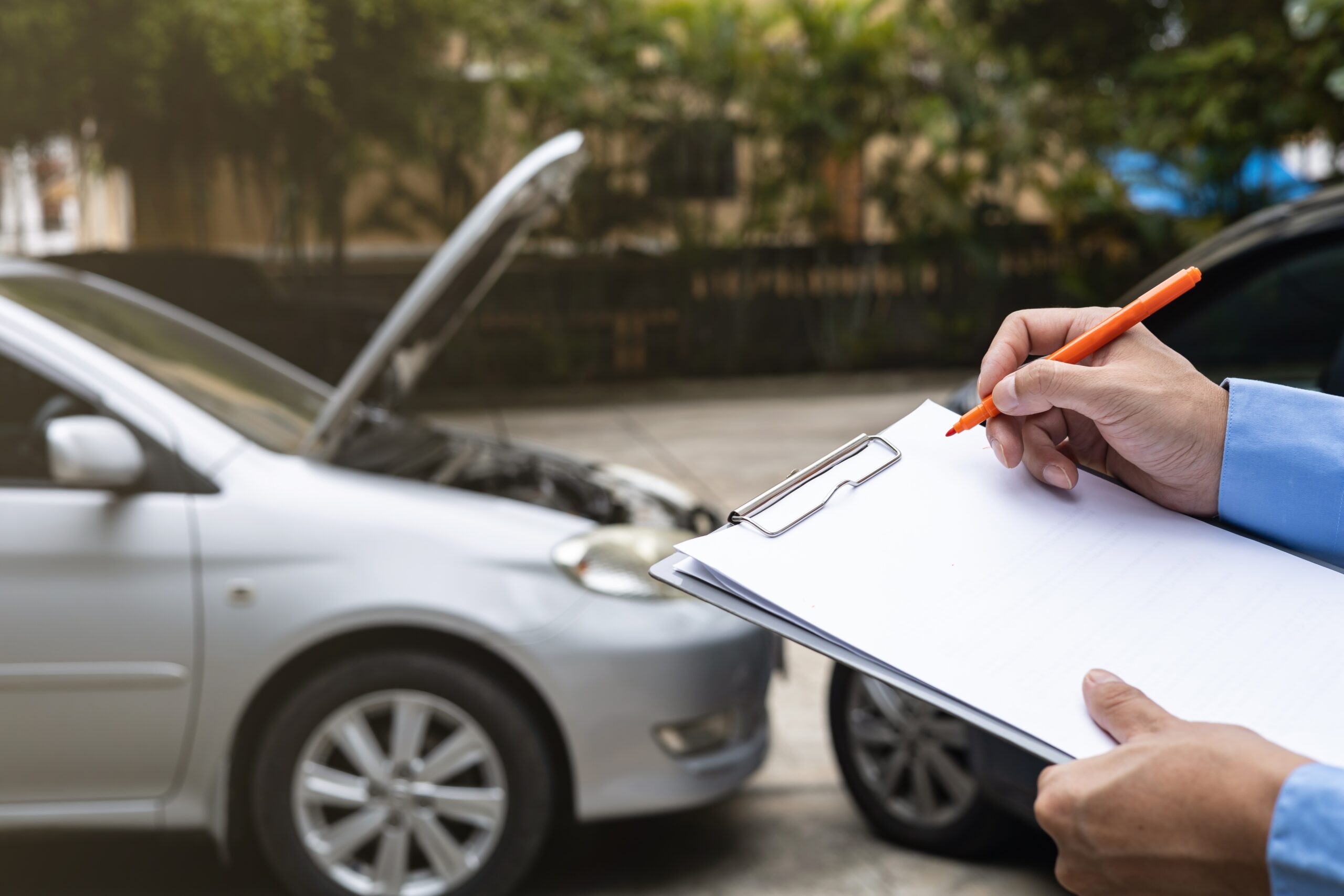- Visual, which involves taking your eyes off the road
- Manual, in which you take your hands off the wheel
- Cognitive, or some task that takes your mind off driving

How Are Pain and Suffering Damages Calculated in Car Accident Claims?
After a car accident, most people focus first on their medical bills, vehicle repairs, and lost income. While…
View Post >
How Much Does a Lawyer Cost for a Car Accident?
Many people hesitate to contact a lawyer after a serious car accident because they worry about the cost.…
View Post >
Virginia How Long Do You Have to File a Personal Injury Claim in VA?
Understanding Virginia’s statute of limitations for personal injury claims can mean the difference between receiving fair compensation for…
View Post >